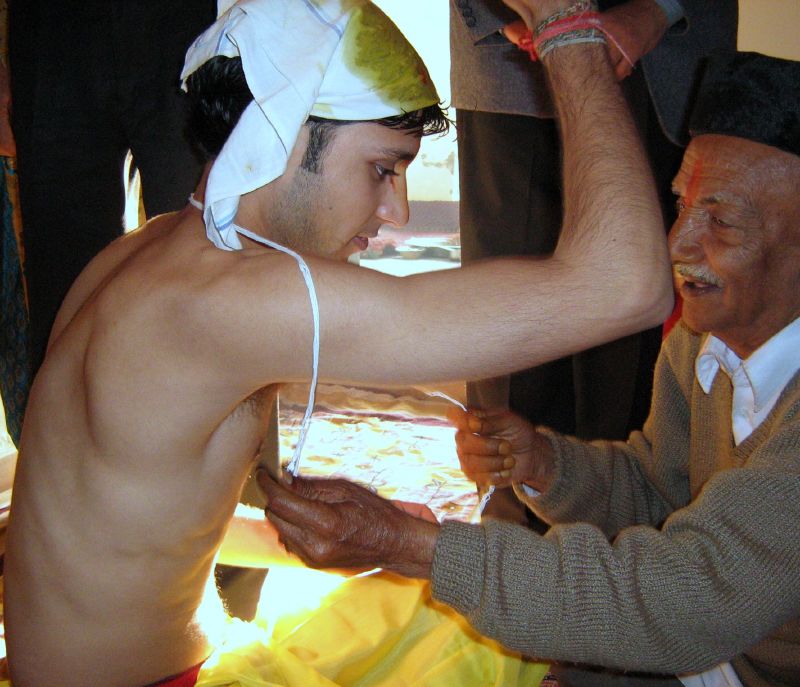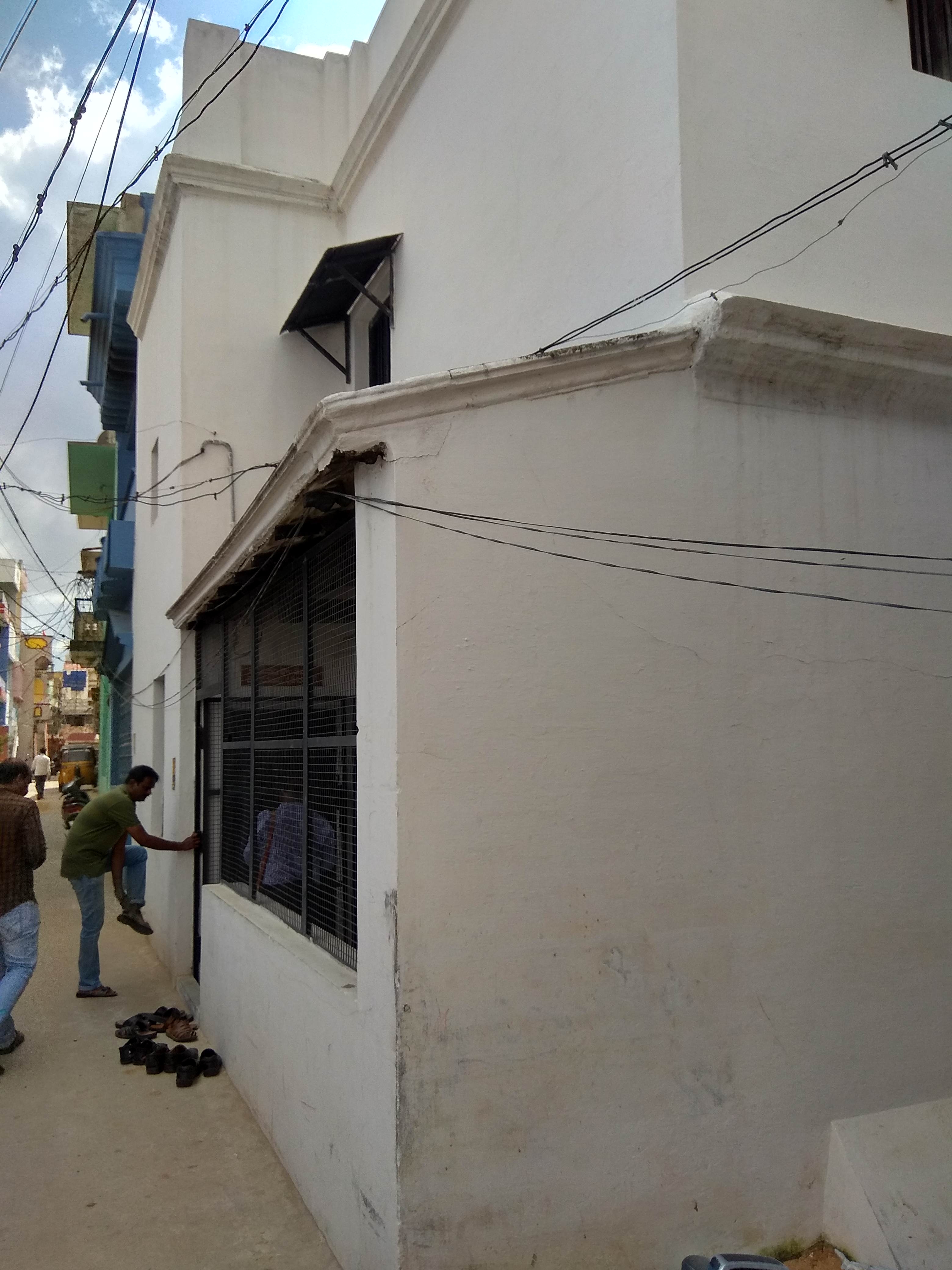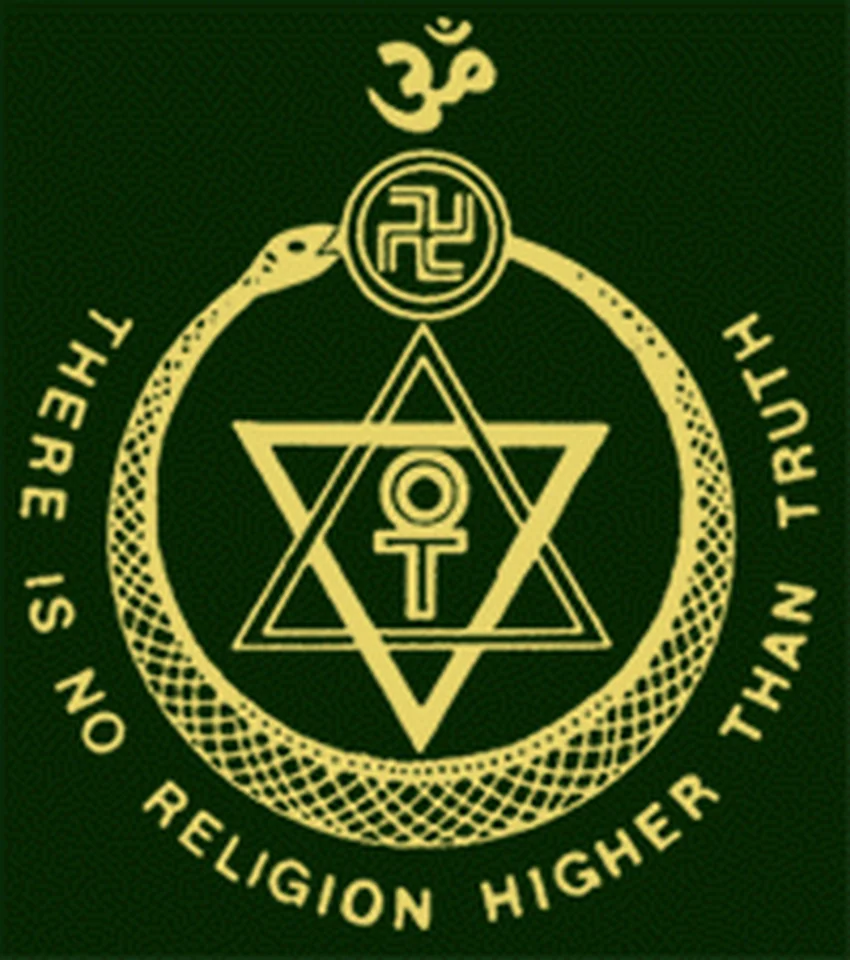|
Banaras Hindu University
Banaras Hindu University (BHU) IAST: kāśī hindū viśvavidyālaya IPA: /kaːʃiː hɪnd̪uː ʋɪʃwəʋid̪jaːləj/), is a collegiate, central, and research university located in Varanasi, Uttar Pradesh, India, and founded in 1916. The university incorporated the Central Hindu College, founded by Indian Home Rule-leaguer and Theosophist, Annie Besant in 1898. After Besant and her associates were marginalized, the university was established by Madan Mohan Malaviya with the financial support of the maharaja of Dharbhanga Rameshwar Singh, the maharaja of Benares Prabhu Narayan Singh, and the lawyer Sunder Lal. With over 30,000 students, and 18,000 residing on campus, BHU is the largest residential university in Asia. The university is one of the eight public institutions declared as an Institute of Eminence by the Government of India. BHU has often been referred by different names throughout the history and present. Some of the English names include Banaras Univers ... [...More Info...] [...Related Items...] OR: [Wikipedia] [Google] [Baidu] |
Banaras Hindu University Kulgeet
The Banaras Hindu University Kulgeet (BHU Kulgeet) , ''i.e.'', () is a poem written by Indian chemist and university professor Shanti Swaroop Bhatnagar. It has been composed by Pt. Omkar Nath Thakur. The poem has been popularized and adopted in original as the official university anthem of Banaras Hindu University and is called ''Kulgeet''. It is customary in the university for this anthem to be sung in chorus before any official event or festival of the university is started. The last stanza of the poem is dedicated to Malviya ji, founder of the university. The university tagline in Hindi '','' is borrowed directly from the last line of the poem, while the English tagline ''capital of knowledge'' is a translation of the same. Lyrics Code of conduct The ''Kulgeet'' is sung in the university in chorus, and rarely alone. As a mark of respect, clapping after ''Kulgeet'' is prohibited. The composition by Omkarnath Thakur is the official composition. There is no officia ... [...More Info...] [...Related Items...] OR: [Wikipedia] [Google] [Baidu] |
Sunder Lal (lawyer)
Rai Bahadur Sir Sunder Lal was born in Jaspur, near Nainital, on 21 May 1857. In 1876, he joined Muir Central College at Allahabad then led by Augustus Harrison. While an under-graduate Pandit Sunder Lal passed the Vakil's Examination of the High Court in 1880 and was enrolled as a Vakil on 21 December 1880. He practiced in Allahabad High Court. In 1896 the High Court raised him to the rank and status of Advocate. The distinction of 'Rai Bahadur' was conferred on him in 1905. He was appointed a CIE in 1907. In 1909 he accepted a seat on the Bench of the Judicial Commissioner's Court at Lucknow for a few months and in 1914 for brief periods officiated as a Judge of the Allahabad High Court. Appointed Member, Council of Law Reporting, Allahabad; Member of the Board of the Allahabad Court to represent Vakils, 1893; enrolled as Advocate, 1893; Fellow Allahabad University, since 1888 Member of the Syndicate, 1895, represented University in U.P. Legislative Council, 1904; and 19 ... [...More Info...] [...Related Items...] OR: [Wikipedia] [Google] [Baidu] |
Prabhu Narayan Singh
Prabhu Narayan Singh (26 November 1855 – 4 August 1931) was ruler of the Benares State (Royal House of Benares), an Indian princely state, from 1889 to 1931. Prabhu Narayan Singh would reign for 42 years as Maharaja; in 1891, he was knighted with the KCIE, later becoming an honorary colonel in the Indian Army. In 1911, he became the first Maharaja of the newly created princely state of Benares, including the parganas of Bhadohi and Keramnagar, Chakia, and Ramnagar, together with certain limited rights within the City of Benares. He was appointed Knight Commander of the Order of the Indian Empire (KCIE) in 1892, Knight Grand Commander of the Order of the Indian Empire (GCIE) in 1898, and Knight Grand Commander of the Order of the Star of India (GCSI) for his services in the First World War in the 1921 New Year Honours. He donated 1300 acres of land to establish famous Banaras Hindu University. He donated land at Kamacha, Varanasi to Dr. Annie Basent for the establishment of H ... [...More Info...] [...Related Items...] OR: [Wikipedia] [Google] [Baidu] |
Residential College
A residential college is a division of a university that places academic activity in a community setting of students and faculty, usually at a residence and with shared meals, the college having a degree of autonomy and a federated relationship with the overall university. The term ''residential college'' is also used to describe a variety of other patterns, ranging from a dormitory with some academic programming, to continuing education programs for adults lasting a few days. In some parts of the world it simply refers to any organized on-campus housing, an example being University of Malaya. Various models of residential college A prominent model for residential colleges is the colleges of the University of Oxford and University of Cambridge, which are legally-independent constituents of the universities that are both residential and teaching institutions. This model was modified at Durham University, also in the UK, in the 19th century, which adapted the Oxbridge model to creat ... [...More Info...] [...Related Items...] OR: [Wikipedia] [Google] [Baidu] |
Brahmacharya
''Brahmacharya'' (; sa, ब्रह्मचर्य ) is a concept within Indian religions that literally means to stay in conduct within one's own Self. In Yoga, Hinduism, Buddhism and Jainism it generally refers to a lifestyle characterized by sexual continence or complete abstinence. In the Hindu, Jain, and Buddhist monastic traditions, ''brahmacharya'' implies, among other things, the mandatory renunciation of sex and marriage. It is considered necessary for a monk's spiritual practice. Western notions of the religious life as practiced in monastic settings mirror these characteristics. Etymology The word ''brahmacharya'' stems from two Sanskrit roots: #''Brahma'' (Devanagari: ब्रह्म) meaning one's own Self, ultimate unchanging reality, absolute consciousness, much discussed in the Upanishads. Brahma is also the Vedic God of creation, no different from the Self or Atman. (''Ayam Ātmā Brahma (अयम् आत्मा ब्रह्म) The Self ... [...More Info...] [...Related Items...] OR: [Wikipedia] [Google] [Baidu] |
Upanayan
''Upanayana'' ( sa, उपनयनम्, lit=initiation, translit=Upanāyanam) is a Hindu educational sacrament, one of the traditional saṃskāras or rites of passage that marked the acceptance of a student by a preceptor, such as a ''guru'' or ''acharya'', and an individual's initiation into a school in Hinduism. Some traditions consider the ceremony as a spiritual rebirth for the child or future ''dvija'', twice born. It signifies the acquisition of the knowledge of God and the start of a new and disciplined life as a brahmachari. According to the given community and region, it is also known by numerous terms such as ''janai'' or ''janea'', ''poita/paita'', ''logun/nagun'', y''agnopavita'', ''bratabandha'', ''bratopanayan.'' The ''Upanayanam'' ceremony is arguably the most important rite for the Brahmin male, ensuring his rights and responsibilities as a Brahmin and signifying his advent into adulthood. The tradition is widely discussed in ancient Sanskrit texts of Hinduism ... [...More Info...] [...Related Items...] OR: [Wikipedia] [Google] [Baidu] |
Jiddu Krishnamurti
Jiddu Krishnamurti (; 11 May 1895 – 17 February 1986) was a philosopher, speaker and writer. In his early life, he was groomed to be the new World Teacher, an advanced spiritual position in the theosophical tradition, but later rejected this mantle and withdrew from the organization behind it. His interests included psychological revolution, the nature of mind, meditation, holistic inquiry, human relationships, and bringing about radical change in society. He stressed the need for a revolution in the psyche of every human being and emphasised that such revolution cannot be brought about by any external entity, be it religious, political, or social. Krishnamurti was born in South India, in what is now the modern-day Madanapalle of Andhra Pradesh. In early adolescence, he met occultist and theosophist Charles Webster Leadbeater on the grounds of the Theosophical Society headquarters at Adyar in Madras. He was subsequently raised under the tutelage of Annie Besant and Leadb ... [...More Info...] [...Related Items...] OR: [Wikipedia] [Google] [Baidu] |
Theosophy
Theosophy is a religion established in the United States during the late 19th century. It was founded primarily by the Russian Helena Blavatsky and draws its teachings predominantly from Blavatsky's writings. Categorized by scholars of religion as both a new religious movement and as part of the occultist stream of Western esotericism, it draws upon both older European philosophies such as Neoplatonism and Asian religions such as Hinduism and Buddhism. As presented by Blavatsky, Theosophy teaches that there is an ancient and secretive brotherhood of spiritual adepts known as the Masters, who—although found around the world—are centered in Tibet. These Masters are alleged by Blavatsky to have cultivated great wisdom and supernatural powers, and Theosophists believe that it was they who initiated the modern Theosophical movement through disseminating their teachings via Blavatsky. They believe that these Masters are attempting to revive knowledge of an ancient religion once fou ... [...More Info...] [...Related Items...] OR: [Wikipedia] [Google] [Baidu] |
University
A university () is an institution of higher (or tertiary) education and research which awards academic degrees in several academic disciplines. Universities typically offer both undergraduate and postgraduate programs. In the United States, the designation is reserved for colleges that have a graduate school. The word ''university'' is derived from the Latin ''universitas magistrorum et scholarium'', which roughly means "community of teachers and scholars". The first universities were created in Europe by Catholic Church monks. The University of Bologna (''Università di Bologna''), founded in 1088, is the first university in the sense of: *Being a high degree-awarding institute. *Having independence from the ecclesiastic schools, although conducted by both clergy and non-clergy. *Using the word ''universitas'' (which was coined at its foundation). *Issuing secular and non-secular degrees: grammar, rhetoric, logic, theology, canon law, notarial law.Hunt Janin: "The university ... [...More Info...] [...Related Items...] OR: [Wikipedia] [Google] [Baidu] |
Research University
A research university or a research-intensive university is a university that is committed to research as a central part of its mission. They are the most important sites at which knowledge production occurs, along with "intergenerational knowledge transfer and the certification of new knowledge" through the awarding of doctoral degrees. They can be public or private, and often have well-known brand names. Undergraduate courses at many research universities are often academic rather than vocational and may not prepare students for particular careers, but many employers value degrees from research universities because they teach fundamental life skills such as critical thinking. Globally, research universities are predominantly public universities, with notable exceptions being the United States and Japan. Institutions of higher education that are not research universities (or do not aspire to that designation, such as liberal arts colleges) instead place more emphasis on stu ... [...More Info...] [...Related Items...] OR: [Wikipedia] [Google] [Baidu] |




